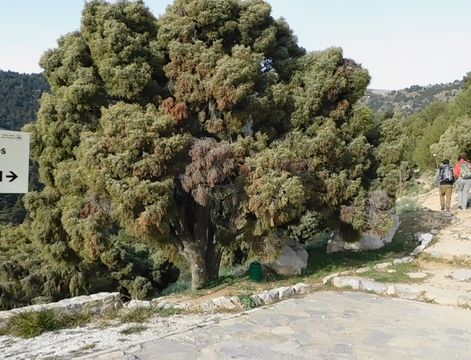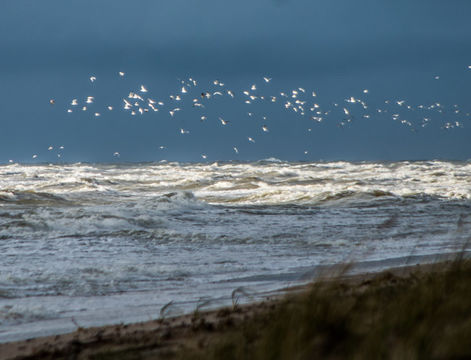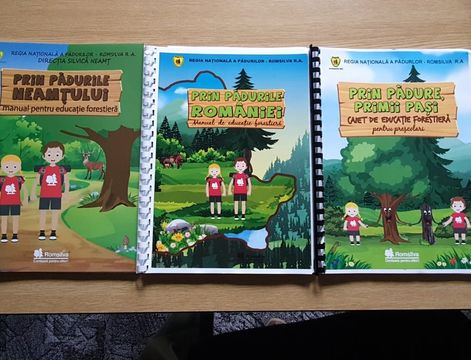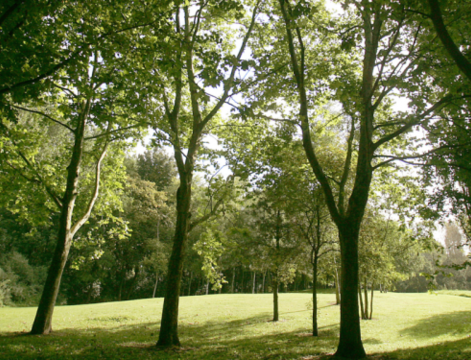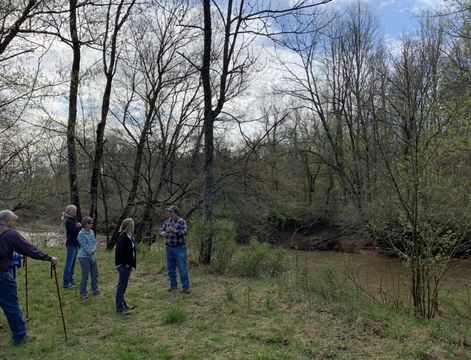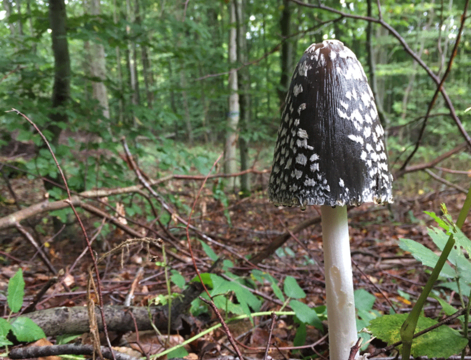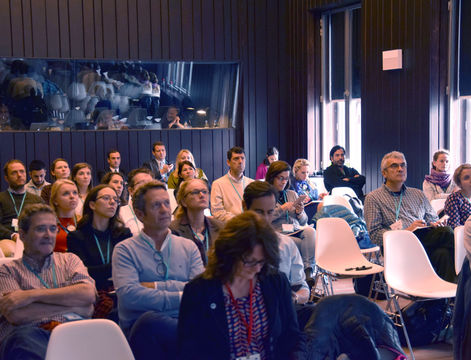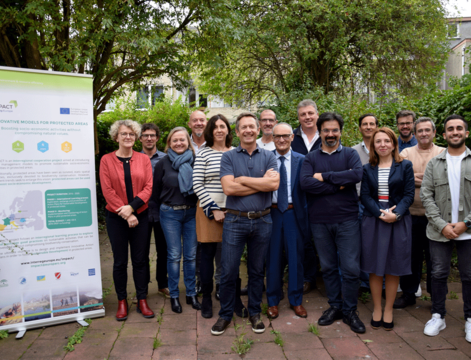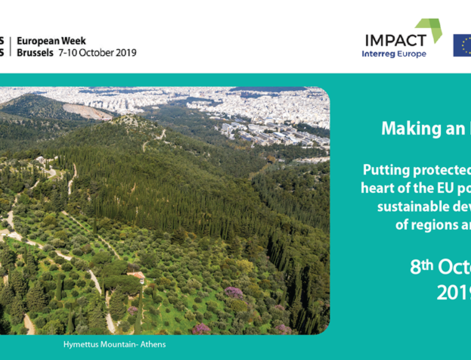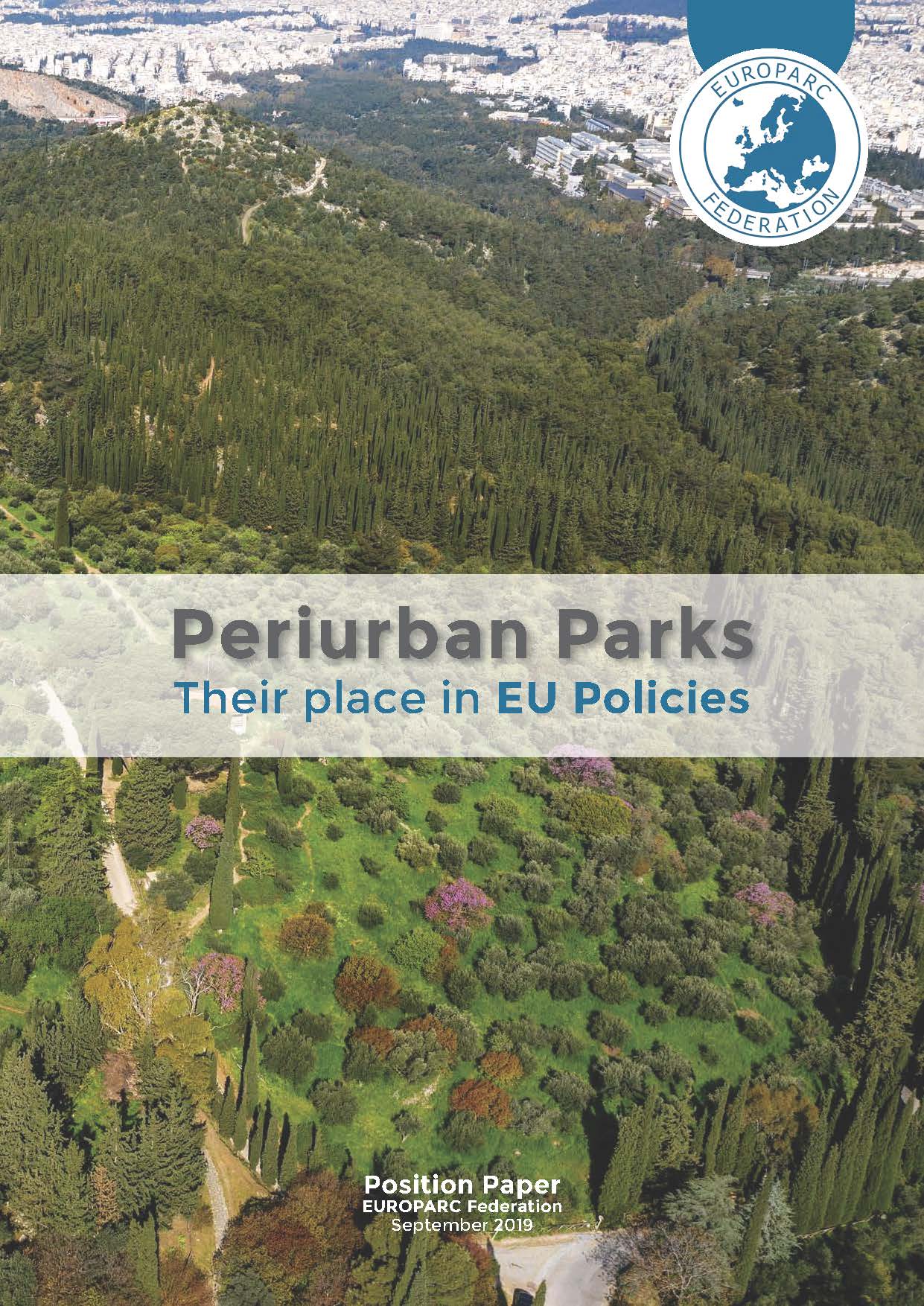Haţeg Country Dinosaurs Geopark is a UNESCO Global Geopark, the only one in Romania and one of the first to join the European and Global Geopark Networks in 2005.
It covers 12 communities from the Haţeg Country cultural area, a depression in the Carpathian Mountains.
This territory contains extraordinary geological heritage and also natural and cultural heritage, being one of the most interesting areas in Transylvania. The core of the geopark is the ancient Cretaceous fauna, or the Dwarf Dinosaurs found only in this region.
Other relevant sites are the ancient roman capital, the stone medieval churches, the bison reserve, carnivorous plants, many species of butterflies and a rich tangible and intangible cultural heritage.

The Geoparks UNESCO designation is coordinated by the University of Bucharest, which was also in charge of the creation of the Geopark in 2000‐2004 through a bottom‐up approach, in partnership with local administrations, companies, universities, NGOs, schools and other.
The University employs an integrated management of education, conservation and sustainable development.
The Geopark uses local values to give the communities a sense of place and identity and to generate new incomes, especially through geotourism.
The Geopark is an open air laboratory for academic studies; it developed its own interpretation network.
Click here to know more about Haţeg Country Dinosaurs Geopark
Visitor Centres of the Haţeg Country Dinosaurs Geopark
Instead of building a large geopark visiting hub, it has been developed a network of interpretation that includes seven visiting centres, with different themes, and spread across multiple localities of the park.
The network of interpretation includes
- House of the Geopark,
- House of Science and Art,
- House of Volcanoes,
- House of Miniatures,
- House of Traditions,
- House of Dwarf Dinosaurs,
- House of Stones
These, focusing on complementary themes, have managed to create an interpretive labyrinth within the geopark and at the same time to offer a variety of new tourist attractions within the ecotourism destination.





